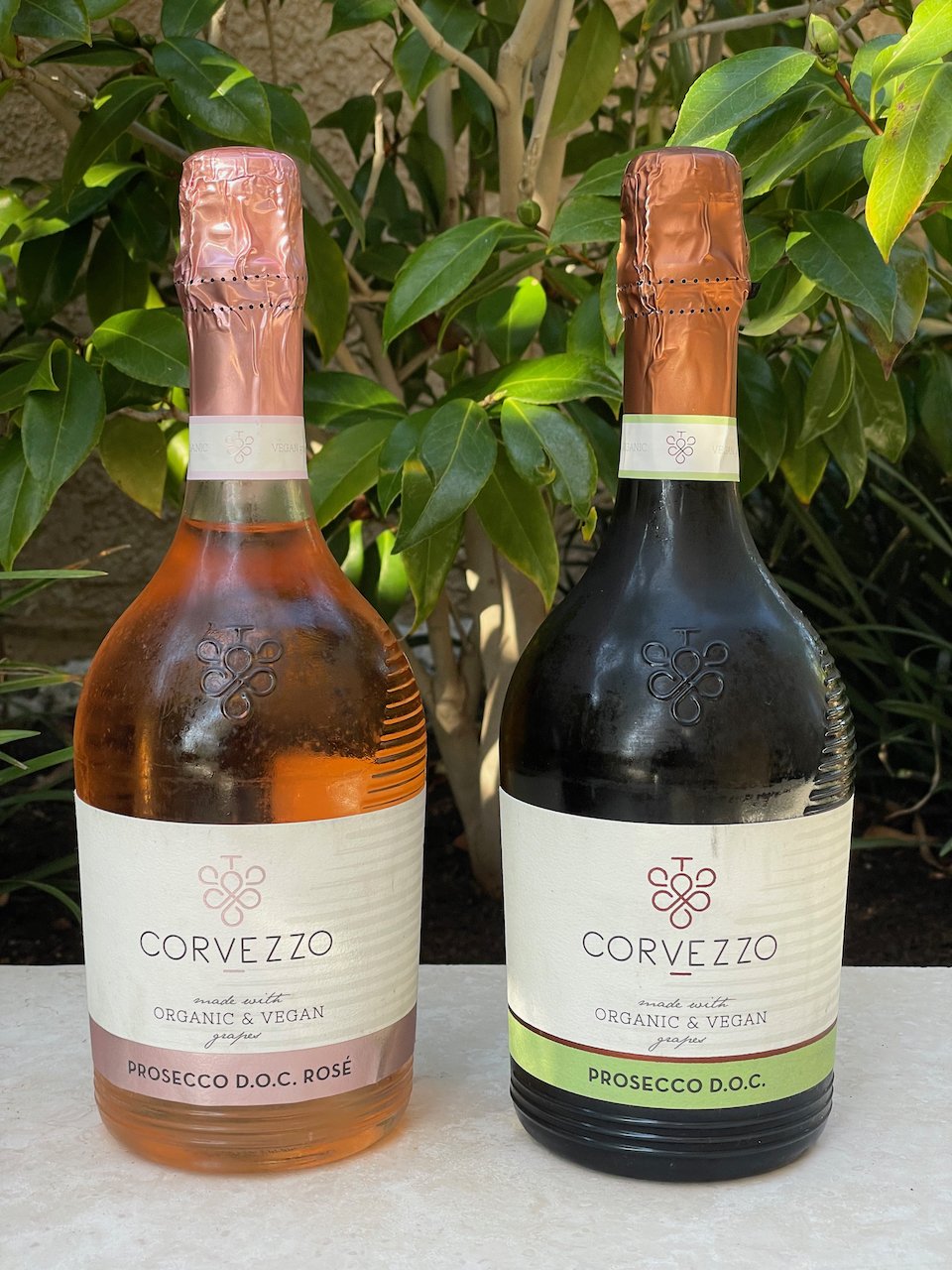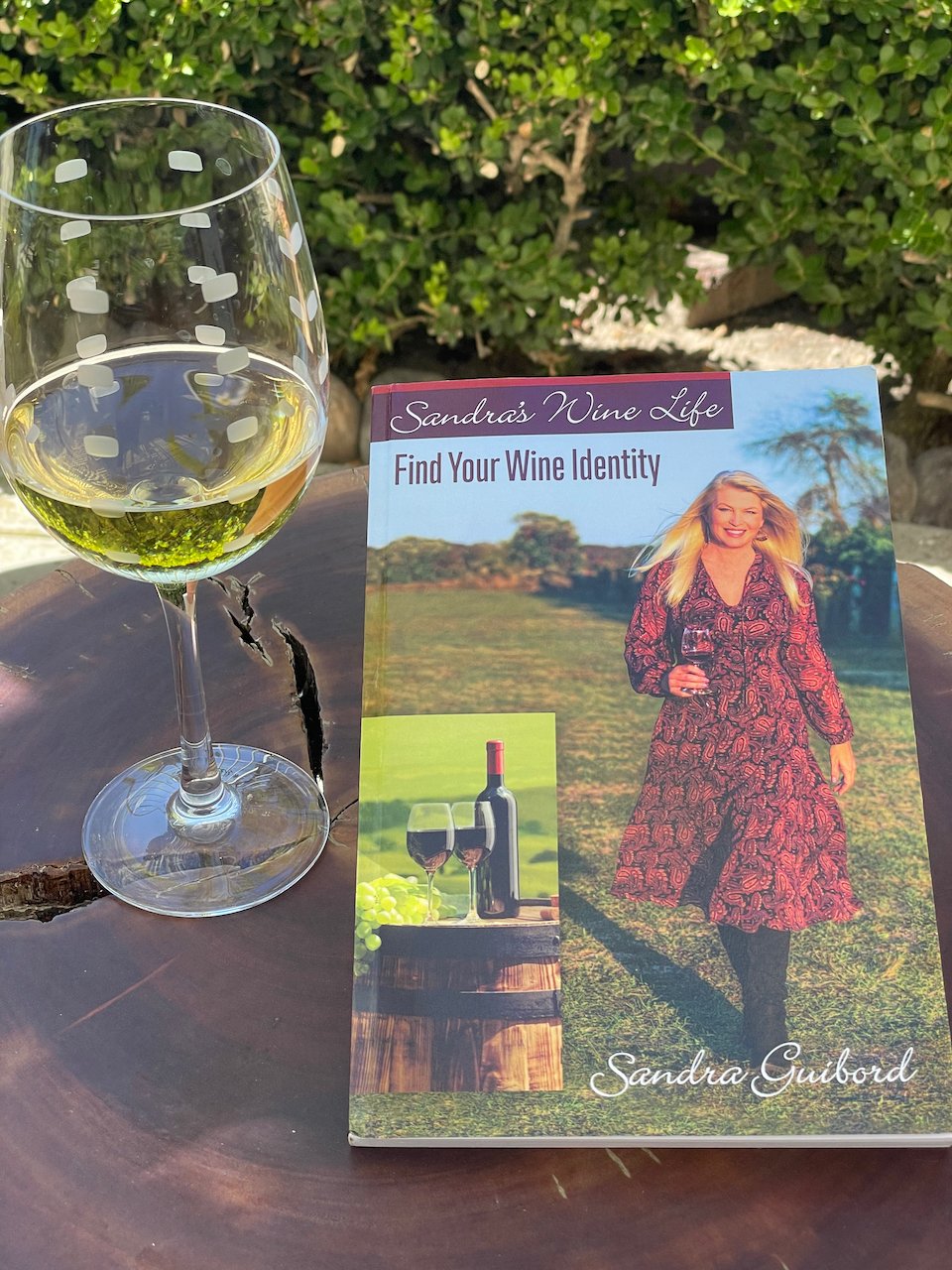2021 Amrita Seiza White Blend ($35)
Amrita Cellars, founded in 2017, prides itself on finding vineyards off the beaten path and sourcing their grapes from family-owned wine growers that use the best practices in renewable and sustainable farming.
Sunny, their winemaker is a first-generation East India gentleman born and raised in the United States. He named Amrita Cellars to honor his culture and family. Amrita in Sanskrit (ancient Indic language of India) means immortality and is often referred to as the elixir.
This Amrita Seiza is made from a 50/50 blend of Viognier and Grenache Blanc. Each is fermented separately and then blended post-fermentation and aged in stainless steel.
This wine is pale gold in color with bright floral aromas and hints of lemon peel and tangerine. On the palate it is medium-light bodied with a smooth mouthfeel, flavors of citrus and pear with moderate acidity. It is available directly from the Amrita Cellars website.
Also, check out Amrita Cellars Pinot Noir wines that won two Bronze Medals at the Orange County Fair Commercial Wine Competition in June 2022. Cheers!
Disclosure of Wine Sample Submission: I received this sample at no cost for review. The opinions expressed are entirely my own.
Sample Provided by Amrita Cellars




